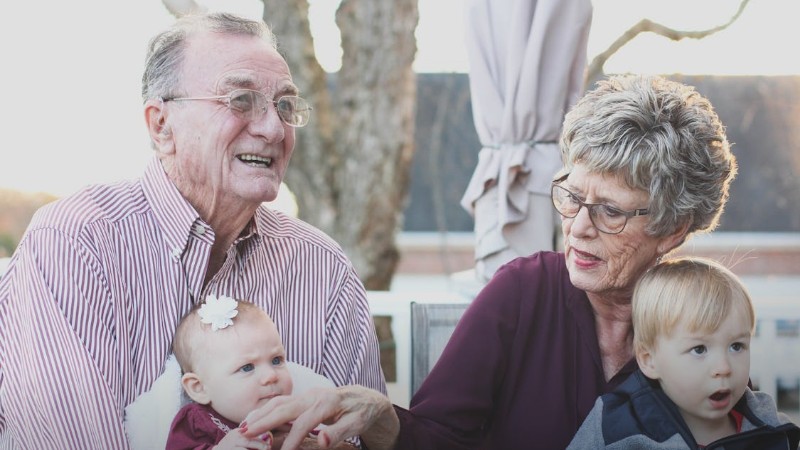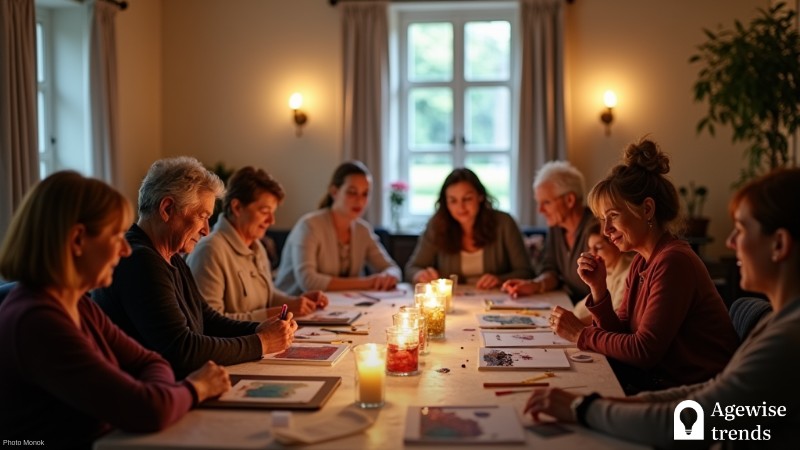Grief is an intensely personal experience that affects every individual differently. It often brings overwhelming emotions that ebb and flow unpredictably. While there is no single way to grieve, psychological models provide insight into how people process and adapt to loss.
Two well-established frameworks—the stages of grief proposed by Colin Murray Parkes and John Bowlby and the tasks of mourning developed by William Worden—help us understand this emotional journey. By exploring these perspectives, we can navigate our own grief or support others through theirs.
Key Takeaways
This article explores different models and stages of grief, emphasizing how individuals process loss and adapt over time.
- Grief is characterized by various emotional phases including shock, intense emotions, despair, and gradual return to normalcy.
- Mourning involves actively adapting to life without the lost loved one through tasks like accepting reality, processing emotions, adjusting to changes, and maintaining a connection.
- Support from counseling, support groups, and personal connections can significantly aid in navigating grief.
How grief unfolds over time
When loss occurs, the first response is often shock or numbness. This initial reaction serves as a protective mechanism, preventing the full weight of grief from hitting all at once. People in this phase may feel disconnected from their emotions, as if they are moving through life on autopilot. Daily tasks may seem meaningless, and accepting the loss can feel impossible.
As the reality of the loss sinks in, emotions become more intense. Many experience a deep yearning for their loved one, often replaying memories or imagining different outcomes. This phase can be unpredictable, bringing waves of sadness, anger, guilt, or anxiety. Some may withdraw from social interactions, while others seek comfort in familiar routines or rituals.
In time, grief often shifts into a period of despair. This stage can feel particularly isolating, as the support of others may fade while personal sorrow remains strong. Feelings of hopelessness or emptiness may arise, and some struggle to find meaning in their daily lives. However, this period also marks the beginning of deeper adaptation, as the mind starts to process the permanence of the loss.
Eventually, a gradual return to normalcy occurs. This does not mean that grief disappears but rather that it becomes integrated into daily life. Energy levels improve, interest in activities returns, and memories of the lost loved one become less painful. Grief does not have a fixed timeline, and people may revisit earlier emotions, but this phase represents a shift toward healing.
Mourning as an active process
While grief is an emotional response to loss, mourning is the process of adapting to life without what was lost. William Worden’s model frames mourning as an active process, emphasizing that healing does not happen passively—it requires engagement.
The first task of mourning is accepting the reality of the loss. This can be particularly challenging in cases of sudden death, where the mind struggles to grasp what has happened. Some people experience denial, feeling as though their loved one will return or that the loss is not real. Facing this reality is the first step toward healing.
The second task involves processing the emotions of grief. Many instinctively try to suppress painful feelings, but grief demands to be acknowledged. Allowing space for sadness, anger, guilt, or relief—without judgment—is crucial. These emotions can manifest physically, leading to fatigue, appetite changes, or sleep disturbances. Recognizing and addressing these reactions helps in managing grief in a healthy way.
Adjusting to life without the deceased is the third task. This adjustment happens both externally and internally. Externally, it may involve taking on responsibilities once handled by the deceased, such as financial matters or caregiving. Internally, it requires reshaping one’s sense of self—understanding who they are now that their loved one is gone.
Finally, mourning involves creating a lasting connection with the deceased while continuing to live. This does not mean forgetting or “moving on” but rather finding a way to cherish memories without being consumed by loss. Some do this through traditions, storytelling, or personal rituals.
The importance of support when grieving
Seeking support can ease the burden when grieving. Bereavement counseling provides structured guidance, while support groups offer a sense of connection among those with shared experiences. Simple gestures from friends and family—such as listening without judgment or offering small acts of kindness—can also make a difference.
Grief is not something to “get over” but rather something to integrate into life. While the pain of losing someone may never fully fade, it can transform into a source of strength, allowing people to honor memories while embracing the future.














